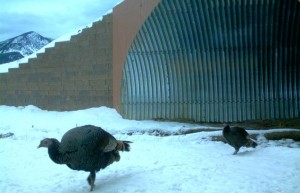We have all heard it before. There are countless variations of the punch line to the classic joke for why the chicken crossed the road. The jokes can cause either chuckles or groans if they are particularly bad. However, animals crossing highways results in numerous accidents annually at great expense. One study in 2005 estimated that there were 1.5 million traffic accidents in the United States involving deer alone, causing an estimated $1.1 billion in vehicle damage every year.
In addition to the financial costs from these numerous vehicle collisions in the US, there are costs on animal populations from the expansion of roadways across the country. Highways end up acting as manmade barriers fragmenting populations and decreasing animal diversity. In addition to deer, populations of black bears and the endangered Florida panther have been found at high risk due to highway traffic. These larger mammals often cover large distances travelling in their lifetimes and require open habitats for locating food.
One of the ways to help limit roadway collisions which endanger both motorists and animals is the construction of wildlife crossings to help direct the flow of animals away from the roads. Depending on the type of wildlife that commonly cross in an area, an underpass may be large enough to allow animals to channel under the road safely.
In other situations, for helping larger animal populations to cross more comfortably, natural looking bridges have been created, and motorists are the ones to take the tunnel.
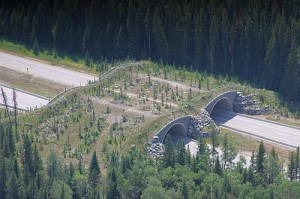
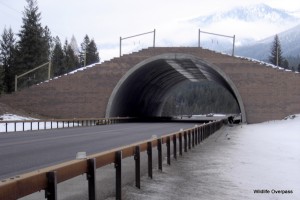
In both of these situations, the use of curved steel can be beneficial in providing support for tunnel structures. Montana has some excellent examples of different highway structures currently in use.
Using motion-sensitive cameras, researchers have tracked the movements of various animals through these structures and animals are using them more frequently as they adapt to the placement in their environment.
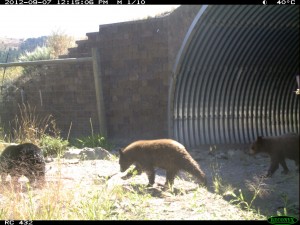
As the pictures show, one use for wall support is corrugated steel curved into a variety of profiles to form the walls, and in some cases, curved beams, pipes and tubes have been used to provide structural form and support for the corrugated steel to increase the strength of the walls as they are sometimes under heavy load from the earth and overhead vehicle traffic.
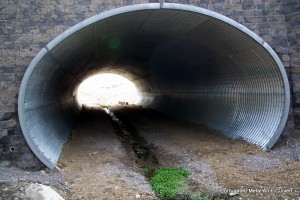
When these wildlife crossings are present, animals will use them. So, if you find yourself wondering why the chicken crossed the road, it was probably because he didn’t have a safe location nearby.
